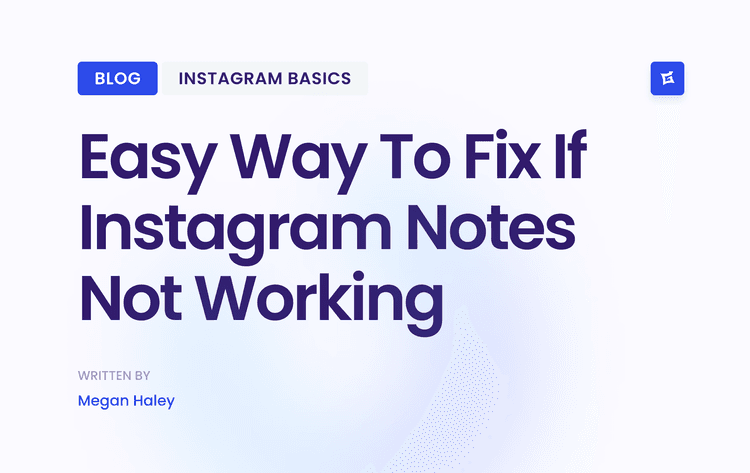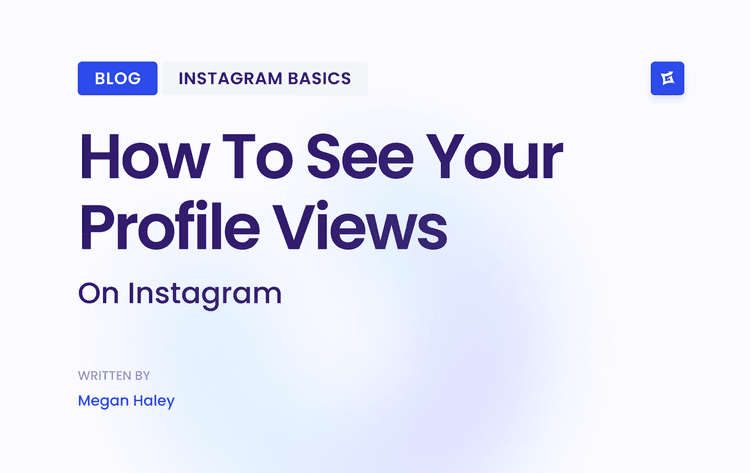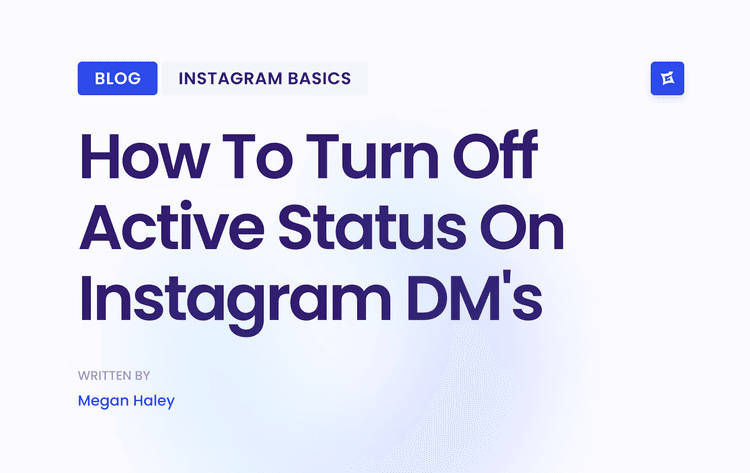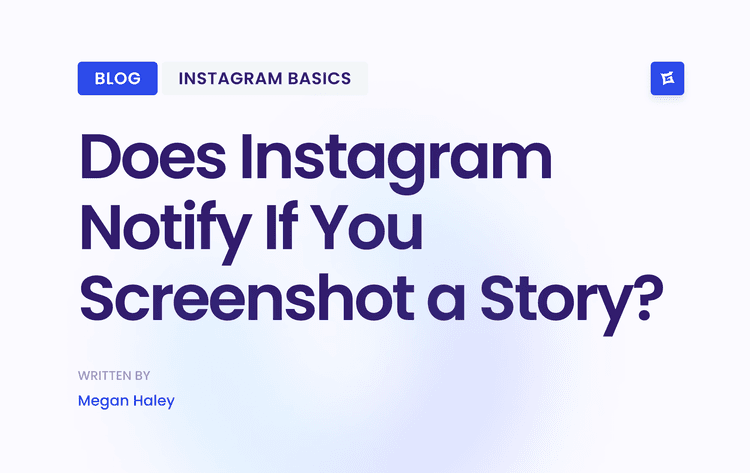The Foundation of Social Media Visibility

Getting a handle on social media reach is the first real step to building any kind of meaningful online identity. It’s far from a vanity metric—it’s the bedrock of your entire strategy. After all, without reach, you have no one to talk to, no community to build, and no potential customers to attract. Think of it as the very top of your marketing funnel, where your brand makes its first impression.
This number is powerful because it’s a direct reflection of your content's distribution and relevance. When your reach is high, it’s a strong signal that what you're posting is hitting the mark. The platform's algorithm sees this resonance and starts showing your content to a much wider audience, pushing it far beyond your immediate circle of followers.
Reach in a Global Context
The sheer scale of social media today makes understanding reach more important than ever. We're talking about roughly 5.41 billion active social media users across the globe, which is over 60% of the entire world's population. The potential audience is staggering.
Giants like Facebook still lead the pack with around 3.07 billion monthly active users, while platforms like Instagram and YouTube each have audiences of over two billion. These numbers aren't just statistics; they represent a massive opportunity for anyone trying to get their message out. You can dive into more social media statistics to appreciate the scale we're working with here.
> In essence, reach is your digital handshake. It’s the number of unique individuals you've successfully introduced your brand to. Maximizing this number is essential for brand awareness, audience growth, and ultimately, converting viewers into loyal customers.
To break it down even further, reach typically falls into one of three buckets:
Organic Reach: This is the number of unique people who see your content naturally, without you spending a dime. It's driven purely by the quality of your content, the engagement it gets, and how much the algorithm favors it.
Paid Reach: This is the audience you get by putting money behind your posts through ads. It’s a direct and controllable way to target specific groups of people and expand beyond your current follower base.
Viral Reach: The magic number. This is the count of unique users who see your content because someone in their network shared it. This is the holy grail of social media marketing because it means your content was so good that people felt compelled to pass it on.
Distinguishing Reach From Impressions and Engagement
Diving into social media analytics can sometimes feel like trying to read a foreign language. You’ll see terms like reach, impressions, and engagement thrown around constantly, and it’s easy to get them mixed up. While they all point to how your content is doing, they each tell a very different part of the story. Nailing down the difference is the first step to making smarter decisions about your strategy.
Let's use a simple analogy. Imagine you’ve put up a billboard on a busy highway.
Reach is the number of unique people who drive by and see your billboard. It’s the total headcount of everyone who laid eyes on your ad. One person, one count. Simple as that.
Impressions, however, are the total number of times your billboard was seen. That one person who drives that highway to and from work every day? They count as one person in your reach, but they generate ten impressions over a five-day workweek. Impressions measure frequency, while reach measures your unique audience size.
Then there’s engagement. This is what people do after seeing your billboard. Did they take a picture of it? Did they visit your website because of it? On social media, engagement is all the likes, comments, shares, and saves—it’s the proof that your content resonated with someone, rather than just being another post they scrolled past.
A Quick Comparison of Key Social Media Metrics
To drive the point home, it helps to see these metrics side-by-side. Each one serves a distinct purpose, and understanding their roles is crucial for accurately measuring your social media performance.
Reach measures the total number of unique users who see your content. It shows the size of your potential audience and is a key indicator for brand awareness campaigns. For example, if 1,000 people saw your Instagram post, your reach would be 1,000.
Impressions measure the total number of times your content is displayed, regardless of clicks. This metric indicates visibility and frequency, as high impressions may mean a smaller audience saw your post multiple times. For instance, if your post was shown 3,000 times, but only 1,000 people saw it, your impressions would still be 3,000.
Engagement refers to the total number of interactions—such as likes, comments, shares, and saves—that your content receives. It shows how compelling your content is and reflects audience interest and community health. For example, if your post received 150 likes, 20 comments, and 10 shares, the total engagement would be 180 interactions.
Looking at them this way, you can see how they work together. You need reach to find an audience, impressions to stay top-of-mind, and engagement to build a real connection.
Putting It All Together in Practice
These three metrics don't operate in a vacuum; they give you a complete picture when you analyze them together. For instance, a post might rack up a ton of impressions but have a surprisingly low reach. What does that tell you? It means a small, dedicated group of people saw it over and over again. That's great for reinforcing a message to your core followers, but not so great if you're trying to grow your brand.
On the flip side, you might have high reach but almost no engagement. This is a classic sign that your content is getting out there, but it just isn't hitting the mark. People are seeing it, but it isn’t compelling enough to make them stop scrolling and interact. To grow, you need a healthy balance of all three.
This chart breaks down how different marketing efforts can impact your results.
As you can see, paid ads are a fantastic way to quickly expand your audience size. But achieving that same level of visibility organically? That's where the real challenge lies, and it highlights just how tough it can be to get seen without a budget.
Why Does the Difference Matter So Much?
If you mix these terms up, you risk chasing the wrong goals. For example, if your main objective is pure brand awareness, then reach is your north star. You just want to get your brand in front of as many new eyeballs as possible. But if you’re focused on building a loyal and active community, then engagement is what you should be obsessed with.
> At the end of the day, think of it like this: reach is your potential audience, impressions are your content's visibility, and engagement is your audience's reaction. Each metric gives you a unique piece of the puzzle, helping you understand not just how many people see your content, but how they feel about it.
Why Tracking Reach Is Your Secret Weapon for Growth
It’s tempting to write off reach as a “vanity metric”—a number that looks nice on a report but doesn’t move the needle. But that’s a huge mistake. Thinking of reaching this way misses the whole point.
Tracking your reach is one of the most fundamental parts of building a sustainable social media forum. It's the very first step in your entire marketing funnel.
After all, you can't engage, convert, or sell to people who have no idea you exist. A healthy, growing reach means you're constantly pulling new people into your world. This ever-expanding audience is the pool from which all your future leads, customers, and brand fans will come.
Without paying attention to reach, you’re just shouting into an echo chamber, talking to the same small group of people again and again. While keeping your current community happy is crucial, true growth only happens when you break out of that bubble and get in front of fresh eyes.
Your Content's Real-Time Report Card
Beyond just growing your audience, reach gives you brutally honest, real-time feedback on your content. It’s a direct measure of whether your posts are actually connecting with people and playing well with the platform's algorithm.
When a post takes off and gets high organic reach, that’s the algorithm and the audience telling you, "Yes, more of this!" You've made something valuable, entertaining, or shareable.
On the flip side, when you reach flatlines, it's a blunt but necessary signal. It’s telling you that your content might be missing the mark, and it’s time to rethink your approach.
This makes reach an incredibly powerful diagnostic tool. By keeping a close eye on it, you can:
Pinpoint which content formats and topics truly resonate.
Figure out what makes people stop scrolling and pay attention.
Double down on the tactics that are proven to work, not just the ones you think* should work.
> Tracking reach shifts your content strategy from a guessing game to a data-driven process. It lets you systematically fine-tune your approach based on what your audience wants to see.
The Ever-Expanding Opportunity
The potential audience out there is staggering, and it just keeps growing. In 2015, there were about 2.08 billion people using social media globally. Fast forward to 2025, and that number has exploded to over 5.24 billion.
That's a mind-boggling increase in the number of potential customers you can connect with. You can dig into the full scope of this opportunity with the latest data on global social media usage.
At the end of the day, making a conscious effort to grow your reach isn't just for show—it leads to real business results like more website traffic, stronger brand recognition, and a healthier bottom line. If you're ready to get serious about this, exploring some proven social media growth strategies is the perfect next step.
How to Measure and Analyze Your Reach
It's one thing to understand the concept of social media reach, but finding and making sense of the actual numbers is where the real work begins. If you want to know what’s working, you have to stop guessing and start digging into the data that each platform gives you. This isn’t about chasing vanity metrics—it's about gathering smart insights to sharpen your content strategy.
Fortunately, you don't need a bunch of complicated third-party tools just to get started. Every major social media platform has its built-in analytics dashboard, and these are packed with a ton of useful information. They're your most reliable source for accurate data because they pull it directly from the source.
This data is your direct line to understanding how your audience behaves. It shows you exactly which posts are grabbing attention and which ones are falling flat, helping you make decisions based on facts, not just gut feelings.
Finding Your Reach Data on Major Platforms
Diving into analytics can feel a bit overwhelming at first, but finding your reach metrics is usually pretty straightforward. Here’s a quick guide to locating this essential data on the biggest platforms:
Instagram: Head to your profile and tap on your Professional Dashboard, then go into Account Insights. You'll see Accounts Reached, which gives you a clear picture of how many unique people saw your content over a set time. You can also see the reach for every single post, Story, or Reel by tapping View Insights directly on the content.
Facebook: From your Facebook Page, go to the Meta Business Suite and click the Insights tab. In the Results or Content sections, you can analyze your Page Reach and Post Reach to see exactly how many unique users your content was shown to.
LinkedIn: On your Company Page, click the Analytics tab and choose either Visitors or Updates. This dashboard will show you data on unique visitors and the individual reach of each post, which is perfect for tracking your professional audience growth.
Keep in mind that each platform breaks down reach in different ways. For example, your overall Account Reach is the total number of unique users who saw any of your content, while Post Reach drills down to the number for a specific post.
> The goal isn't just to look at the numbers but to understand the story they tell. A sudden spike in reach might point to a highly shareable post, while a steady decline could signal that your current content strategy needs a refresh.
Turning Data into Actionable Insights
Once you know where to find the numbers, what's next? Analysis. Don't just glance at the total reach; start looking for patterns and asking the important questions. Are your videos consistently getting more reach than static images? Do you see a spike on certain days of the week? Connecting these dots is the key to improving your performance.
Analyzing these trends helps you build a much more effective content calendar. If you're looking for a deeper dive into connecting metrics to your goals, our guide on how to measure social media success offers a great framework.
By regularly reviewing and acting on this data, you turn reach from a simple number into a powerful tool for growth.
Proven Strategies to Expand Your Organic Reach

Knowing what social media reach is and how to track it is one thing. Growing it is a whole different ballgame. The real work—and the biggest reward—comes from taking deliberate steps to get your content seen by more people without paying for ads. This takes a smart mix of strategy, creativity, and good old-fashioned consistency.
There’s no magic bullet for going viral. Instead, success comes from building a solid content machine that both the algorithm and your audience will love. When you consistently put out stuff that's genuinely helpful or entertaining, you give people a reason to follow you and share your work with their friends and followers.
So, let's get practical. Here are the actionable steps you can take to turn passive scrollers into a thriving community.
Master Your Content and Timing
Great content is the bedrock of organic growth. But even a masterpiece will get lost in the noise if you post it at the wrong time or in the wrong format. To get the most eyes on your work, you have to nail the intersection of what you post and when you post it.
First, dive into your analytics. Every platform will show you when your followers are most active. Posting during these peak hours gives your content an instant engagement bump, which is a powerful signal to the algorithm that your post is worth showing to a wider audience.
Beyond timing, you need to create content that people can't help but share. Think about what makes you hit that share button. It's usually stuff like:
Educational Posts: Simple how-to guides, quick tips, or insider knowledge that solves a real problem.
Entertaining Content: Funny memes, behind-the-scenes videos, or captivating Reels that grab attention.
User-Generated Content (UGC): Sharing photos, reviews, or testimonials from your customers is a fantastic way to build trust and encourage others to tag you.
Harness the Power of Hashtags and Keywords
Think of hashtags and keywords as road signs that lead new people straight to your content. A smart hashtag strategy is one of the best free tools you have for boosting organic reach, as it puts your posts in front of users already searching for what you offer.
The trick is to avoid using only the biggest, most generic tags. A better approach is to use a mix of different types:
Broad Industry Hashtags (like #DigitalMarketing)
Niche-Specific Hashtags (like #SmallBusinessSEO)
Community-Focused Hashtags (like #CreativeEntrepreneurs)
> The key is to spark conversations. Ask questions, run polls, and respond to every comment. This interaction not only fosters community but also signals to algorithms that your content is valuable, resulting in a significant boost in its distribution.
Understanding how people behave online is crucial here. The average person spends around 159 minutes per day on social media, and on Android, TikTok users alone spend over 31 hours per month in the app. These are huge windows of opportunity.
For a deeper dive into practical ways to boost your overall social media community, explore these proven strategies to improve social media engagement.
And if you’re laser-focused on a particular platform, it pays to learn the specific tactics that work there. For instance, check out our guide on https://www.gainsty.com/blog/how-to-increase-instagram-reach for more targeted advice.
Common Questions About Social Media Reach
As you begin exploring your social media reach, a few questions are likely to arise. It’s normal. Getting a handle on these finer points is what separates a good strategy from a great one, helping you troubleshoot problems and set goals you can hit.
Let's walk through some of the most common hurdles and head-scratchers that trip up marketers and creators. This is your go-to guide for the tricky side of growing an audience.
What Is a Good Social Media Reach Rate?
Everyone wants to know the magic number for a "good" reach rate, but the honest answer is: it depends. A solid benchmark is tied to the platform you're on, your industry, and how many followers you have. A one-size-fits-all average just doesn't work here.
On Instagram, for example, if your post reaches 10-20% of your followers, you’re doing pretty well. If you hit over 30%, that’s outstanding. But jump over to Facebook, where organic reach is notoriously tough, and even a 5% reach rate can be a win.
> The best way forward is to stop chasing vague industry averages and start competing with your past self. Track your reach over time to figure out what’s normal for you. Once you have that baseline, the goal is simple: beat it, bit by bit, by learning what your specific audience loves to see.
Why Is My Social Media Reach Suddenly Dropping?
Seeing your reach suddenly tank can be frustrating, but don't panic. It's almost always one of a few usual suspects. The most common culprit? An algorithm update. Social media platforms are always fine-tuning how they deliver content, and a single tweak can shake up whose posts get seen.
Other common reasons for a drop-off include:
You’ve changed your content style, and your audience isn't vibing with it.
You’re posting when your followers are offline, so your content gets buried.
Your niche is getting more crowded, and it's simply harder to get noticed.
The first step is to check your analytics and pinpoint which posts are struggling. Then, do a quick search for news about recent algorithm changes for that platform. From there, it's time to experiment—try different post formats, topics, and timing to see what gets you back on track.
Does Paid Advertising Affect My Organic Reach?
This question comes up all the time. The relationship between paid ads and organic reach isn't direct, but it's there. Promoting one post won't magically give all your other organic posts a boost; the platforms treat them as separate channels.
But here’s the thing: a smart ad campaign can create a powerful ripple effect. When your ads bring new, interested people to your profile and they hit that "follow" button, you've just expanded the pool of people who could see your future organic posts.
As this new, bigger audience engages with your content, they send positive signals to the algorithm. Over time, that can help lift your organic distribution for everything you post. So, think of paid ads as a way to pour fuel on your audience growth, which in turn gets your organic engine running faster.
Ready to stop guessing and start growing? Gainsty uses advanced AI and expert strategies to boost your organic Instagram reach, connecting you with thousands of real, engaged followers. See how it works at gainsty.com.


.png&w=1920&q=75&dpl=dpl_Byg4UCPHSaHbHVVtp2RwFp1gwKki)





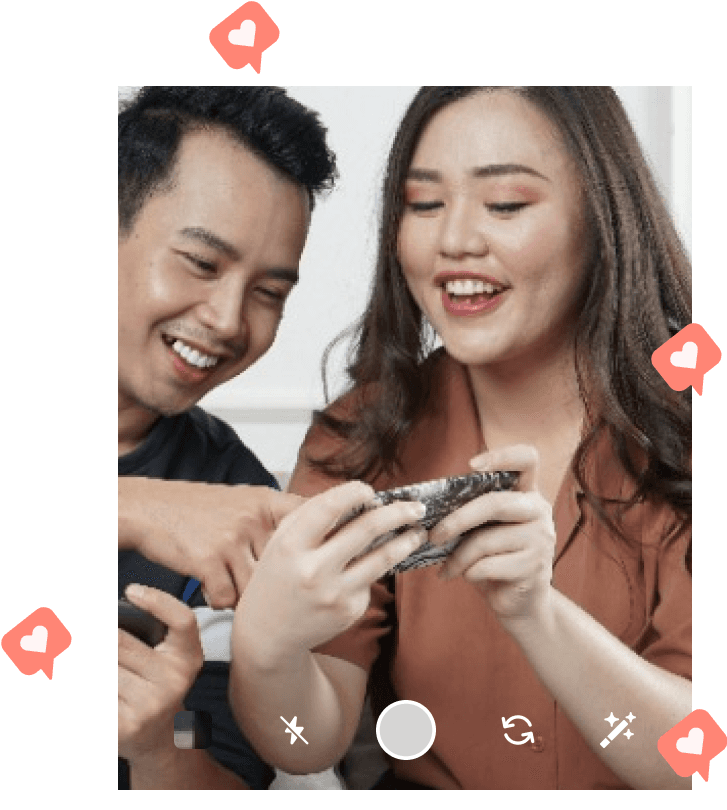
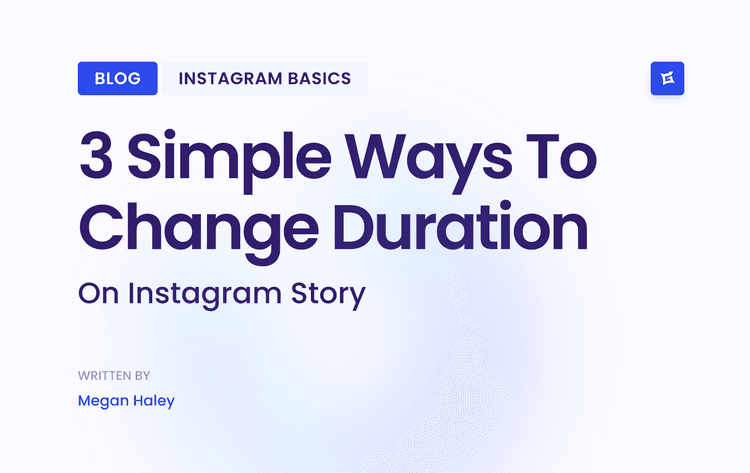
.png&w=750&q=75&dpl=dpl_Byg4UCPHSaHbHVVtp2RwFp1gwKki)
